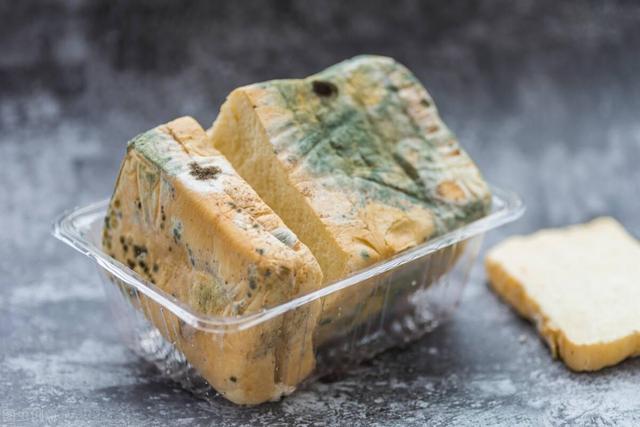Supply aflatoxin adsorbent
Time:2023-09-25Aflatoxin adsorbents are substances or materials used to bind and remove aflatoxins from various sources, primarily in the context of food and feed safety.Aflatoxins are toxic compounds produced by certain molds, primarily Aspergillus flavus and Aspergillus parasiticus, and can contaminate crops such as peanuts, corn, rice, and other grains.These toxins can pose serious health risks to humans and animals when consumed in contaminated food or feed.
Aflatoxin adsorbents function by adsorbing or binding aflatoxins, preventing their absorption in the gastrointestinal tract and reducing their bioavailability.Here are some common types of aflatoxin adsorbents and their mechanisms of action:
1. Clay Minerals:
Bentonite and montmorillonite clays are commonly used as aflatoxin adsorbents.They work by adsorbing aflatoxins onto their surfaces, preventing them from being absorbed in the digestive system.
2. Activated Carbon:
Activated carbon, also known as activated charcoal, is effective at adsorbing aflatoxins due to its porous structure.It can trap aflatoxins and prevent them from entering the bloodstream.
3. Silica-based Adsorbents:
Silica-based materials, such as hydrated sodium calcium aluminosilicate (HSCAS), are used as aflatoxin binders.They can trap aflatoxins in their structure and reduce their absorption in the digestive tract.
4. Enzymes:
Certain enzymes, such as carbohydrases and proteases, have been explored as potential aflatoxin detoxifiers.They work by breaking down the aflatoxin molecules into less toxic compounds.
5. Yeast Cell Walls:
Yeast cell walls contain components like mannan-oligosaccharides (MOS) and β-glucans, which can bind aflatoxins and reduce their bioavailability.
Chemical Binders:
Some chemical compounds, like ammonium polyphosphate, have been investigated as aflatoxin adsorbents.They can chemically bind with aflatoxins and render them non-toxic.
It's important to note that the effectiveness of aflatoxin adsorbents can vary depending on factors such as the type of aflatoxin, the specific adsorbent used, the dosage, and the conditions of use.Additionally, the use of aflatoxin adsorbents should be part of a broader strategy for aflatoxin control, including good agricultural practices, proper storage, and quality control measures.
Before using any aflatoxin adsorbent, it's essential to ensure that it is approved for use in your specific application and complies with regulatory standards.The appropriate dosage and application methods should also be followed to maximize their efficacy in reducing aflatoxin contamination in food and feed.



 CN
CN





